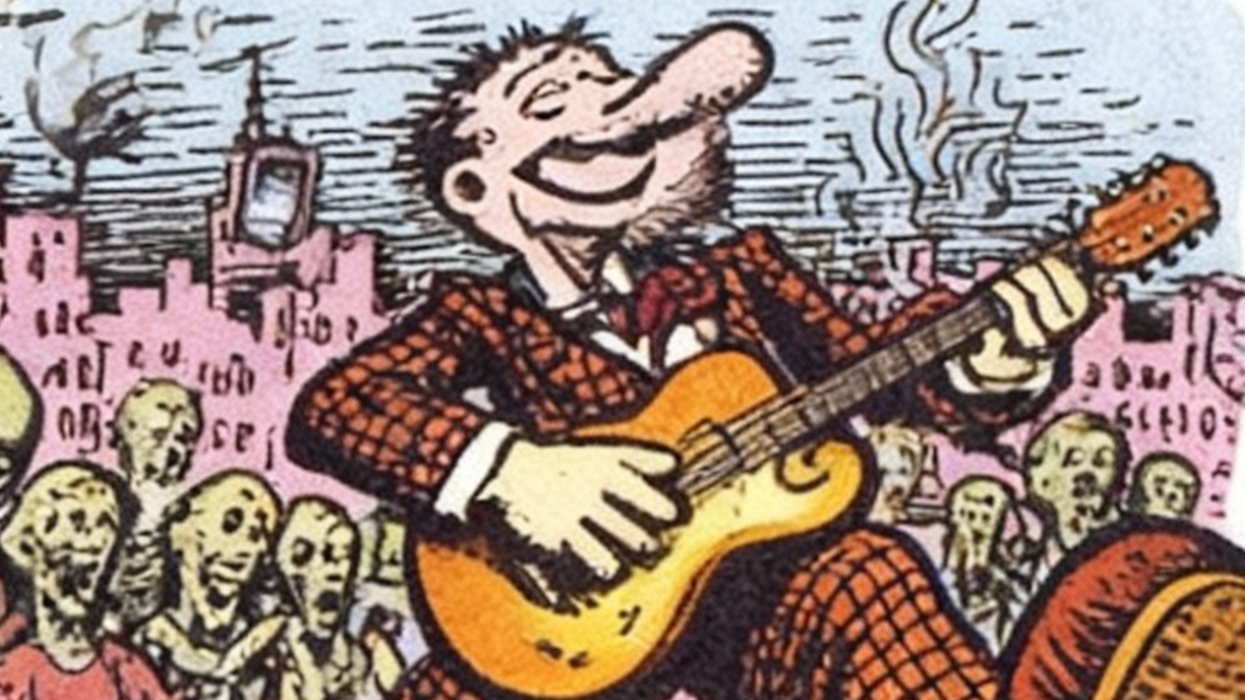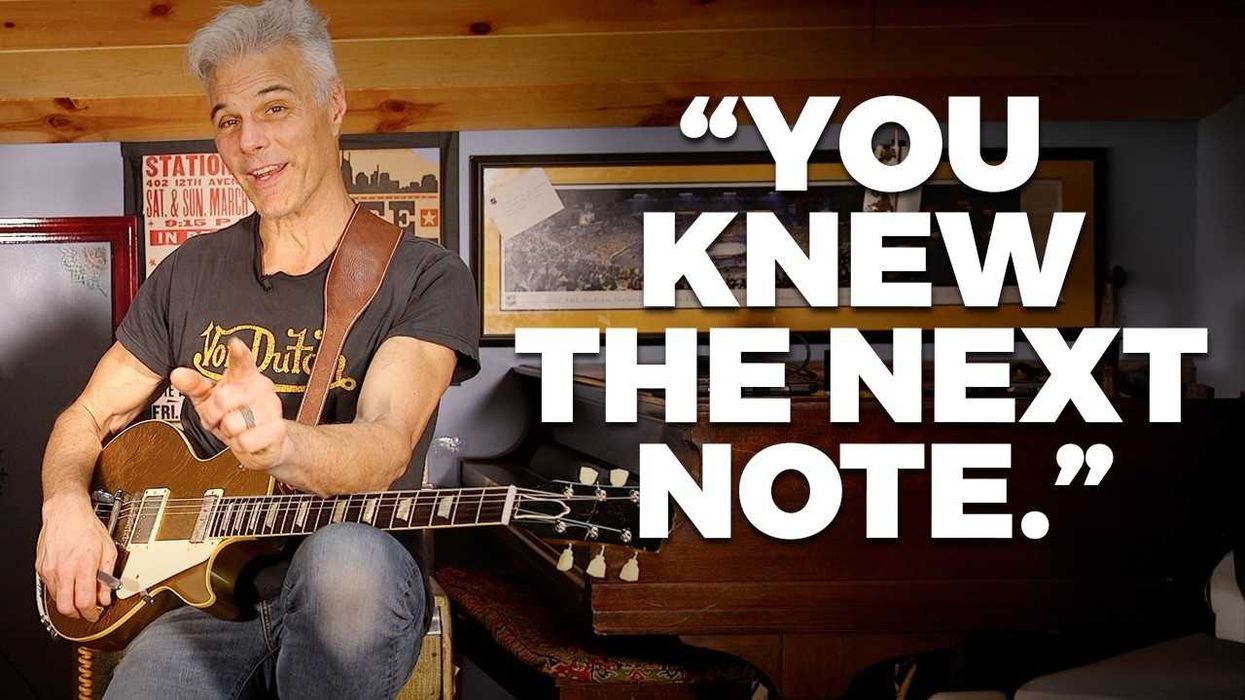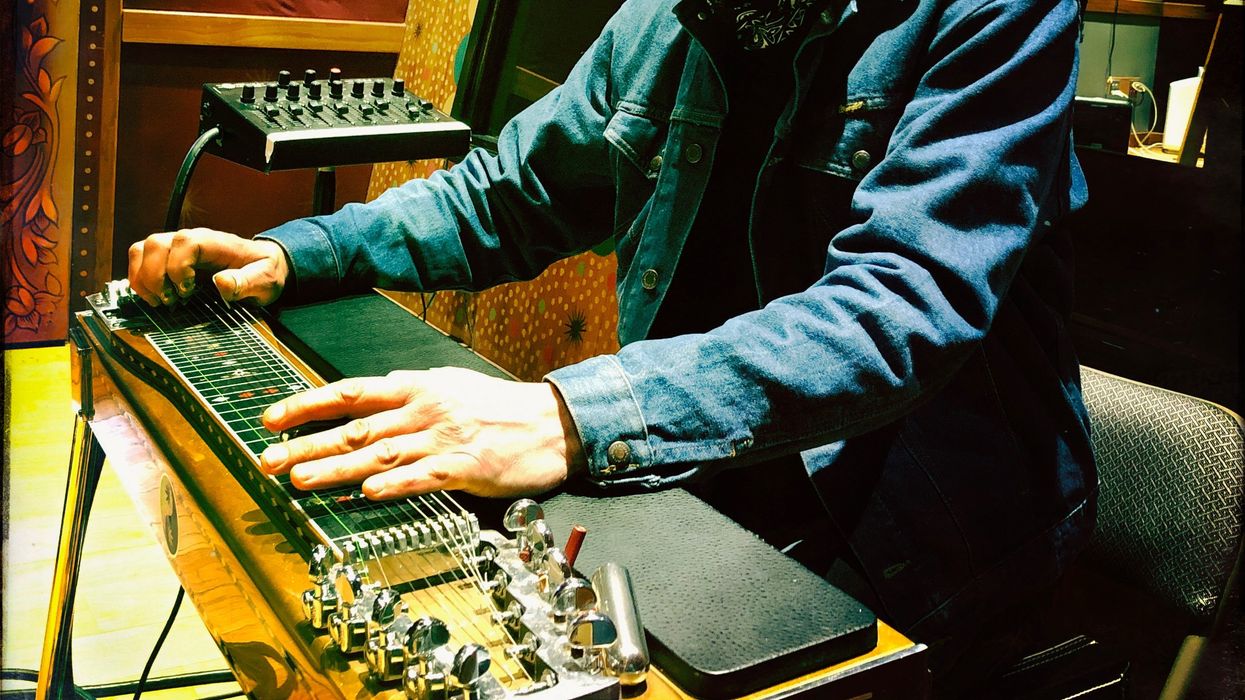The other day I watched in amazement as Tommy Emmanuel played guitar. It's not like he hit the strings harder than other players, but he hit with focus and precision, like a skilled pugilist. It's the guitar equivalent of Bruce Lee's “one-inch punch"—equal parts skill and magic that leaves you wondering, how the hell?
Great players constantly adjust their hands to get the sound they want from their instrument. This is what folks mean when they say, “Tone is in the hands." But it sounds like a lot of hard work to get there and I've spent most of my life trying to avoid hard work. Why go the normal way when there's a shortcut, right? My goal has always been to be a better musician, but we humans rarely move in a straight path toward our goals.
When I began my musical journey in Nashville roughly 20 years ago, my complete gear inventory included:
• 1 Fender Tele (a total dog with a permanently bowed neck and deep fret divots)
• 1 Strat-style G&L (perhaps even more of a dog than the Tele)
• 1 Gibson J-100 acoustic (awesome)
• 1 Gibson Style A mandolin (awesome)
• 1 solid-state Peavey Stereo 2x12 combo (meh)
• 1 Korg tuner (meh)
• 3 questionable 1/4" cables
At the time, I didn't own a single pedal. As I started gigging around, I received many brutal thrashings by the far better musicians I met at gigs. (Although these were metaphorical beatings, they hurt worse than the literal beatings I've taken.) I studied their playing and gear, asked questions, read everything I could find about guitar, and eventually learned a few tricks.
One of the first tricks was to nab a stompbox compressor, which is a big part of the Nashville Tele thing. The next was delay, which fattens up your sound and adds some forgiveness to slight meter problems during solos. This was the beginning of my pedal dependency.
A few months back, I read PG chief Shawn Hammond's New Year's resolution to lessen his dependency on reverb so he could ultimately “move forward, explore, and not stagnate." It felt a bit like a drunk's moment of clarity that triggers a trip to rehab. This got me thinking, “Damn, I'm totally dependent on compression and delay, and I'm stagnant like swamp water." However, I didn't want to do anything about it because these crutches made me sound better than I am. There comes a time when you either make friends with your demons or exorcise them. My demons and I have had a relatively successful working relationship and I wasn't quite ready to change teams just yet.
More recently I watched an excellent documentary about Rush called Beyond the Lighted Stage. In it, Neil Peart goes into detail about completely changing his drumming technique. Given that Peart is one of the most highly regarded drummers in the history of rock, this seemed pretty crazy, but even with his mega-star status, Neil looked unflinchingly at his shortcomings and decided to fix them. While Peart was producing a Buddy Rich tribute album, he was “struck by the tremendous improvement in ex-Journey drummer Steve Smith's playing, and asked him his secret." Smith revealed he'd been studying with drum teacher Freddie Gruber, and consequently, Peart put his band activities on hold while he too studied with Gruber.
Peart went back to fundamentals, changing how he held the sticks, how he hit the drums—pretty much everything. It would be like me changing from playing right-handed to left-handed. Peart's new technique didn't sound all that different to me. When a player is already a virtuoso, breaking into the next level is going to be a subtle change. The point is Peart is happier now with his playing, and that's what it's about—getting the sound you want.
Taking a page from this self-improvement book, I completely revamped my current touring guitar pedalboard, which now looks like a modified Bradshaw system. Not Bob Bradshaw, Terry Bradshaw: It's a tuner, an overdrive, and a delay pedal all zip-tied onto a board I liberated from a road construction caution sign (see photo). Cables are gaff taped in place and the whole mess is powered by a Visual Sound 1Spot. The rig sounds great. It delivers more dynamics, the tones are purer, and my guitar cuts through the mix better. I play with more precision and dig in more. With so few pedals and cables, my rig is less likely to die in the middle of a show, and if it does, it's easy to fix.
I discovered that for the past 15 years or so, when I've wanted to improve as a player, I've spent more time tweaking gear than actually practicing. Getting closer to a guitar-into-amp setup forces me to try to get the sound I want by adjusting my hands. This got me back to where I was 20 years ago when I was trying to figure out how to sound better by playing better, rather than by stomping on a pedal. When it sounds good, I feel less like a counterfeit and more like a player. Granted, I still have several pedalboards full of gizmos I rely on in the studio and for some gigs, but at least now I don't leave the compressor on all the time. I still want all the grease at my feet, but I don't have to depend on it.


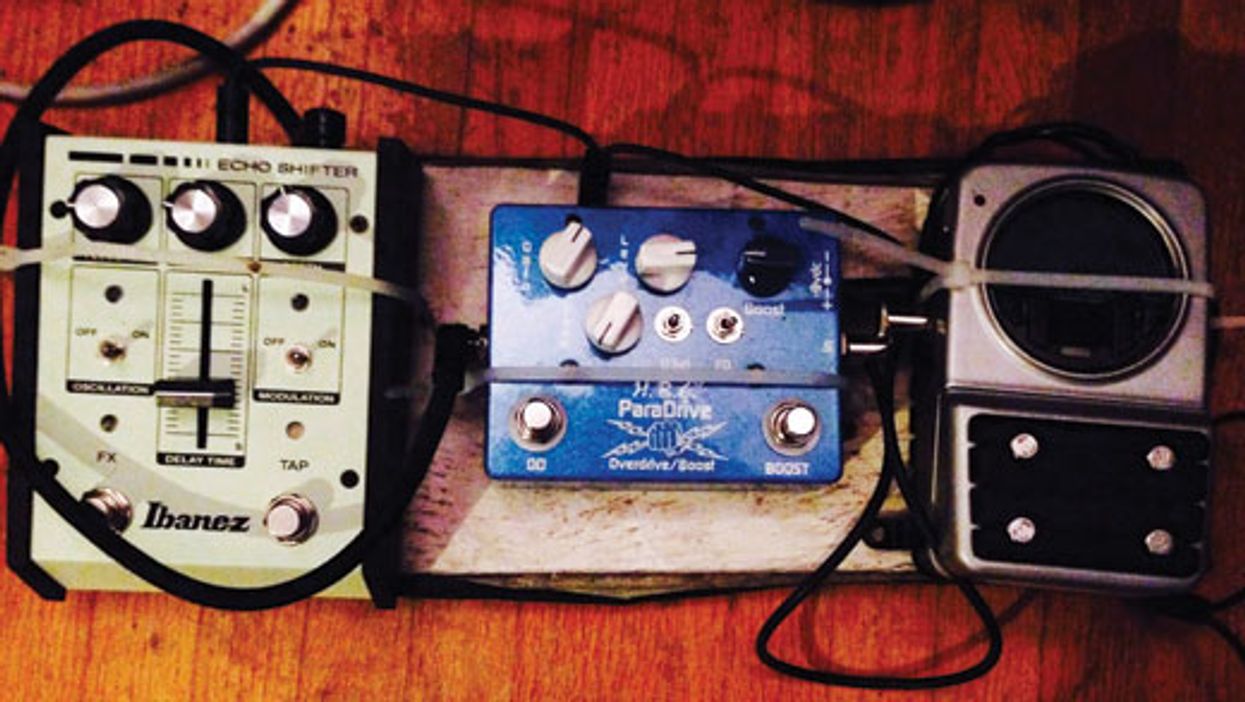

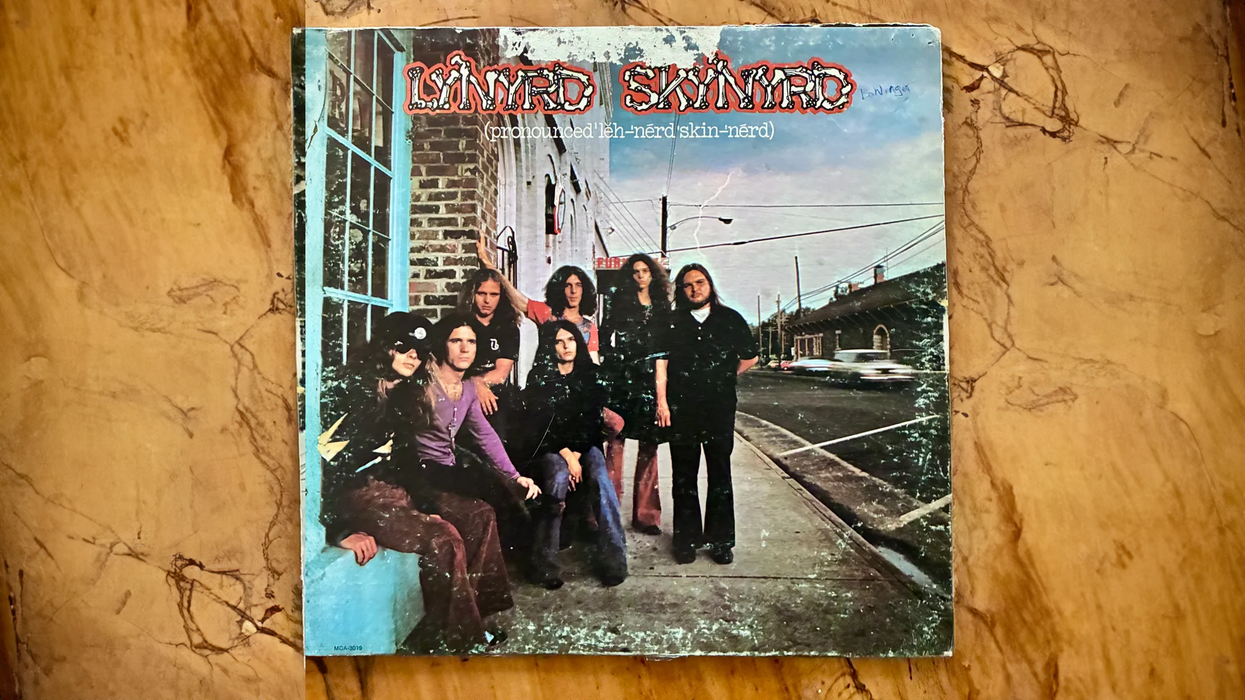

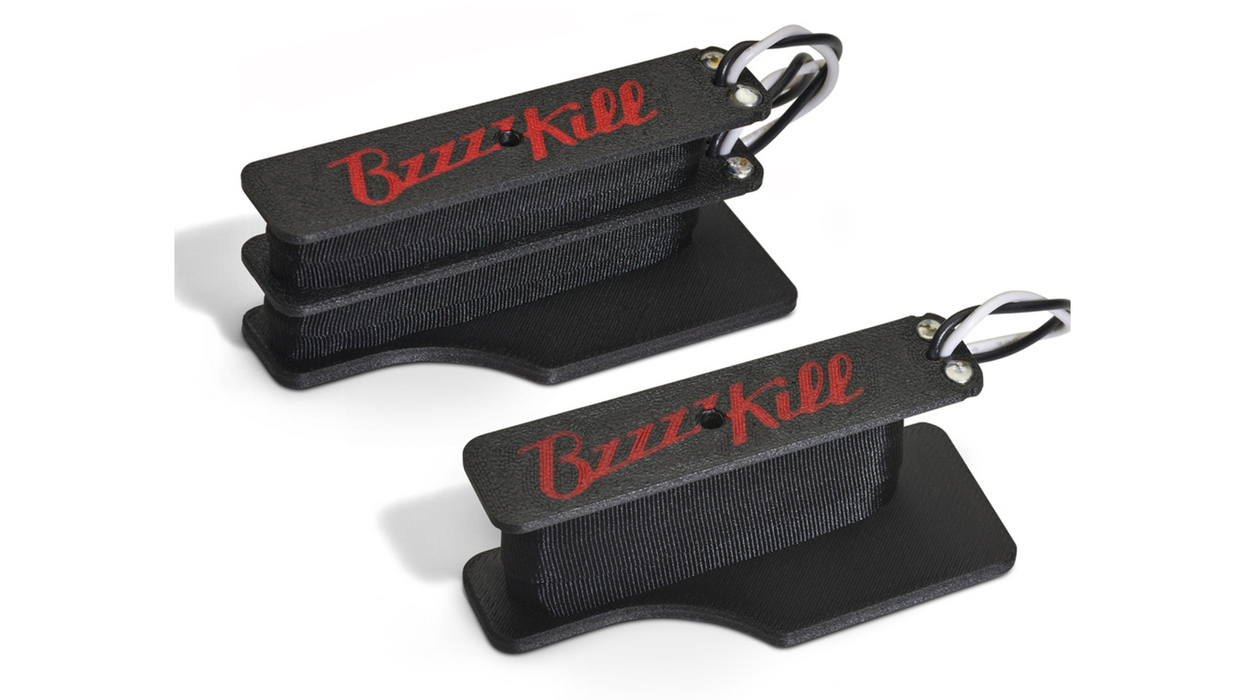
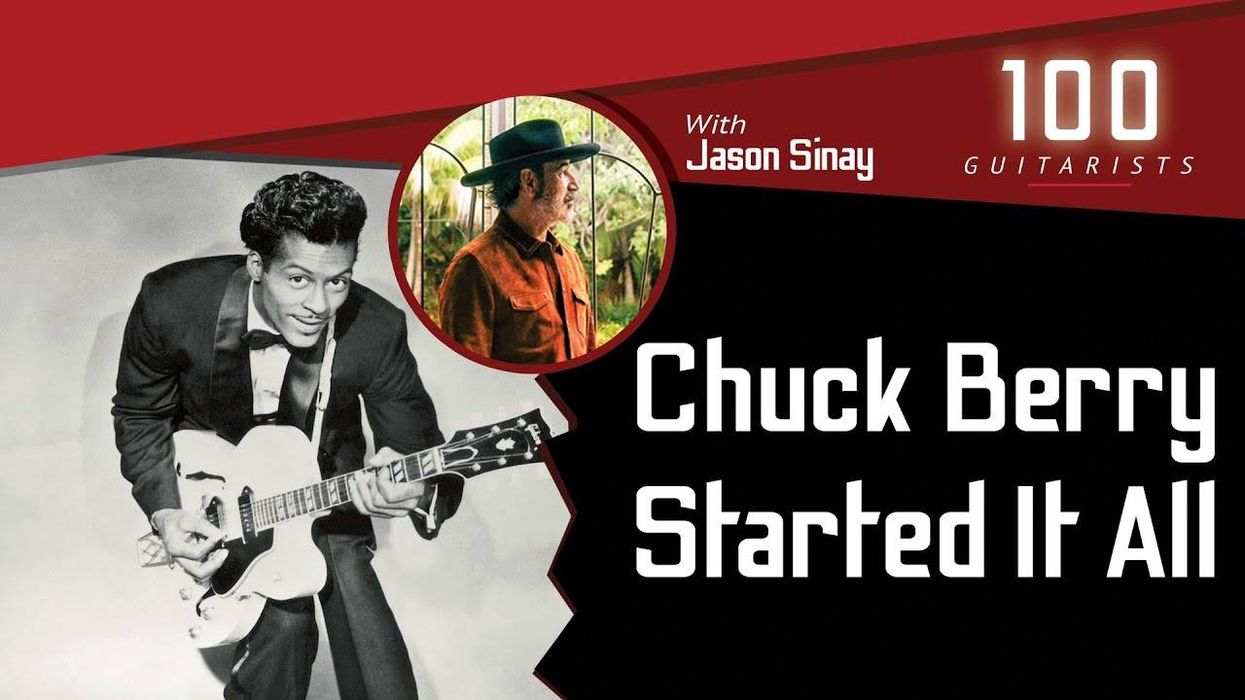




![Rig Rundown: Russian Circles’ Mike Sullivan [2025]](https://www.premierguitar.com/media-library/youtube.jpg?id=62303631&width=1245&height=700&quality=70&coordinates=0%2C0%2C0%2C0)


